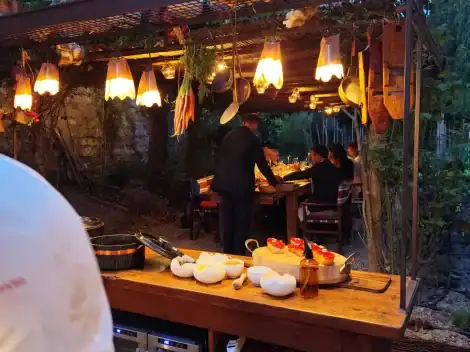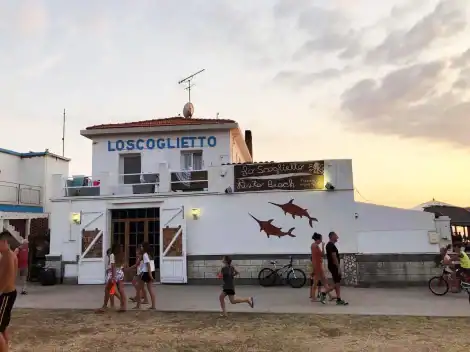"Minus tamen, caudas vulpium imitata, alopecia". Speaking, or rather writing, is Pliny the Elder, author of what we can consider a formidable encyclopedia ante-litteram, the Naturalis Historia, a work in 37 books published in 77 AD. The quote we started with is contained in the XIV book, dedicated to the vine and wine; the author is talking about the vines suitable for pergola cultivation and dwells on their appearance. Some of these are not very nice to look at, but not the vitis alopecis, which resembles "the tails of foxes." This is the first time in history that the coda di volpe is mentioned.
This grape, therefore, like many of the Campanian ones, has truly ancient origins and, as demonstrated, perfectly attested. The problem, when history is so long, is related to the many synonyms recorded over time, often incorrect or contradicted by subsequent genetic investigations. Some authors, for example, incorrectly identified the coda di volpe with the white pallagrallo, native to Caserta, or with the coda di pecora. Currently, the homonymy with another Campanian native grape that is gaining prominence on the regional stage, the caprettone, mainly cultivated on the slopes of Mount Vesuvius, also seems to be denied.
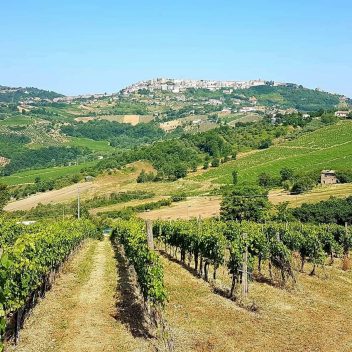
Until about thirty years ago, the coda di volpe was used to soften the acidity of other Campanian white grape varieties, especially fiano and greco, but also falanghina. Then, the attitude towards the grape changed: winemakers realized that by advancing the harvest period a little, they could allow the coda di volpe to maintain decent acidity while bringing the grapes to full ripeness. The grape is widespread in various Campanian areas, especially in Sannio and Irpinia. And it is precisely from here that the four labels we recommend come from: wines available on the market for less than 20 euros included in the Berebene 2024 or Vini d'Italia 2024 guides by Gambero Rosso.
The best value for money Coda di Volpe wines
Here are the best Coda di Volpe wines that you can buy for less than 20 euros in wine shops or online shops.
Intriguing is Michele Contrada's Coda di Volpe, fresh and pleasant. Gerardo Contrada is one of the many artisans who dot and enliven the wine landscape of Irpinia. In recent years, the wines had convinced us a little less, but for this edition, we found a very interesting range. After all, the parcels are located in some of the best areas of Irpinia.
The Coda di Volpe from Tenuta del Meriggio is very interesting. From the 2022 vintage comes a white wine with a mountain character; then emerge beautiful notes of thyme and grapefruit that lead to a citrusy, clean, and tense mouthfeel. The company, founded in 2010, has managed to establish itself in the arena of Irpinian wine production in a few years. The production base is in Montemiletto, but the vineyards make up a mosaic scattered in some of the best areas of the area.
The Coda di Volpe Vadiaperti by Traerte is a white wine that smells of aromatic herbs, freshly cut grass, and hay; the palate is precise, juicy, enriched by a beautiful citrusy verve that extends the sip and persistence. In 2011, Raffaele Troisi, already an established winemaker with Vadiaperti, the family company, founded Traerte with Giuseppe, Irene, and Claudio, with the aim of maximizing the potential of Irpinian wines.
Zirpoli is one of the best Coda di Volpe wines we tasted this year. Herbaceous and citrusy, it is very clean; on the palate, it has a nice fullness and a textbook salty finish. Giovanni Fiorentino's company is located in the heart of the Taurasi denomination, in Paternopoli, in the Upper Calore Valley, home to very robust and dense red wines. If production is in line with tradition, the structure hosting the cellar is an innovative model of bioarchitecture, entirely built of wood by local craftsmen and perfectly integrated into the surrounding territory. In the few hectares of vineyards, divided among the districts of Barbassano, Casale, Mattine, and Candriano, aglianico is cultivated, with a small plot dedicated to the coda di volpe.

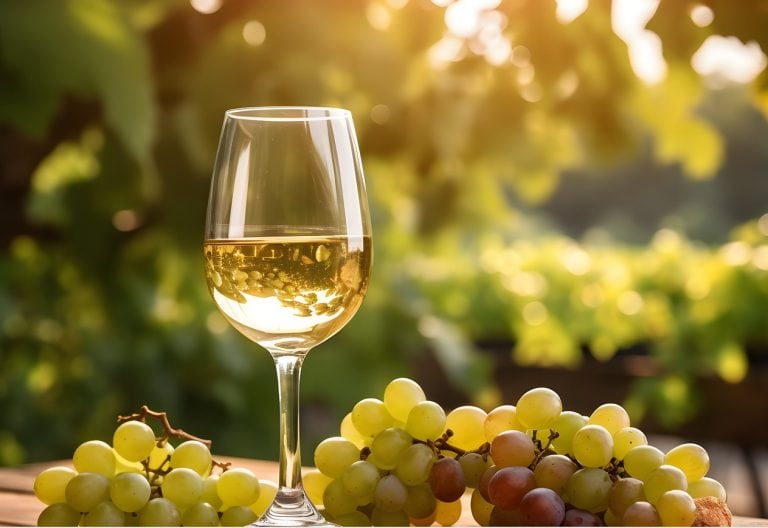
 The best restaurants in Agrigento to discover the new Sicilian cuisine
The best restaurants in Agrigento to discover the new Sicilian cuisine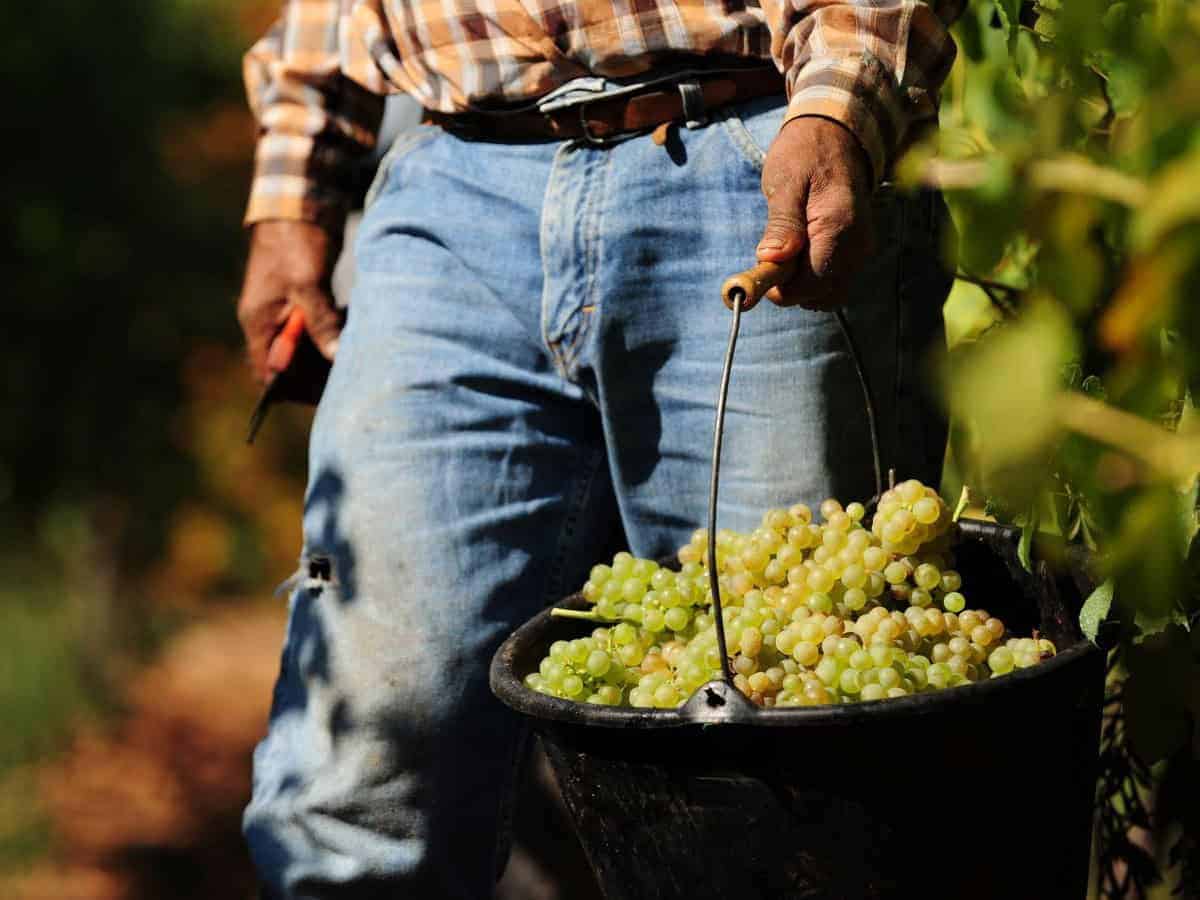 Italy’s 2024 wine production is higher than expected: nearly 44 million hectolitres. But there’s no reason to celebrate
Italy’s 2024 wine production is higher than expected: nearly 44 million hectolitres. But there’s no reason to celebrate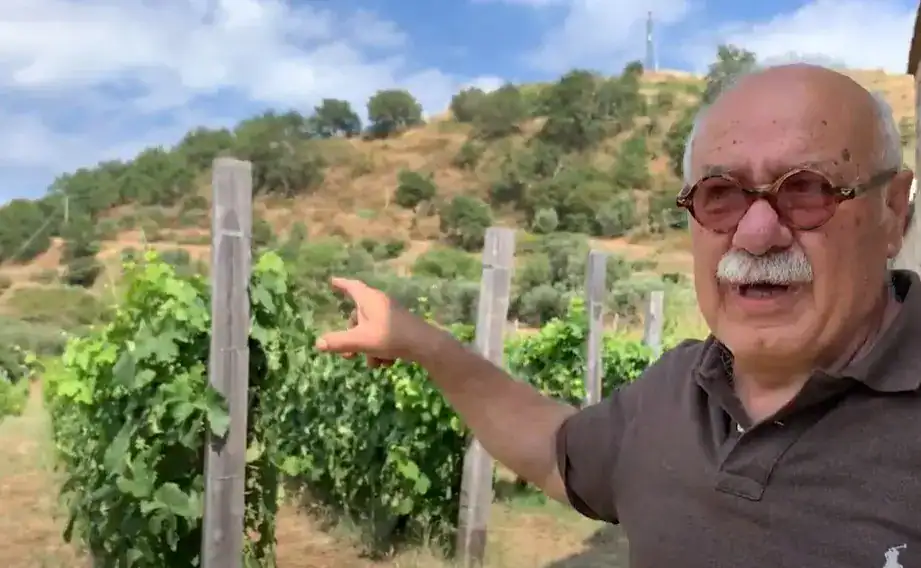 The two Calabrian brothers making wine like the ancient Grecanic peasants
The two Calabrian brothers making wine like the ancient Grecanic peasants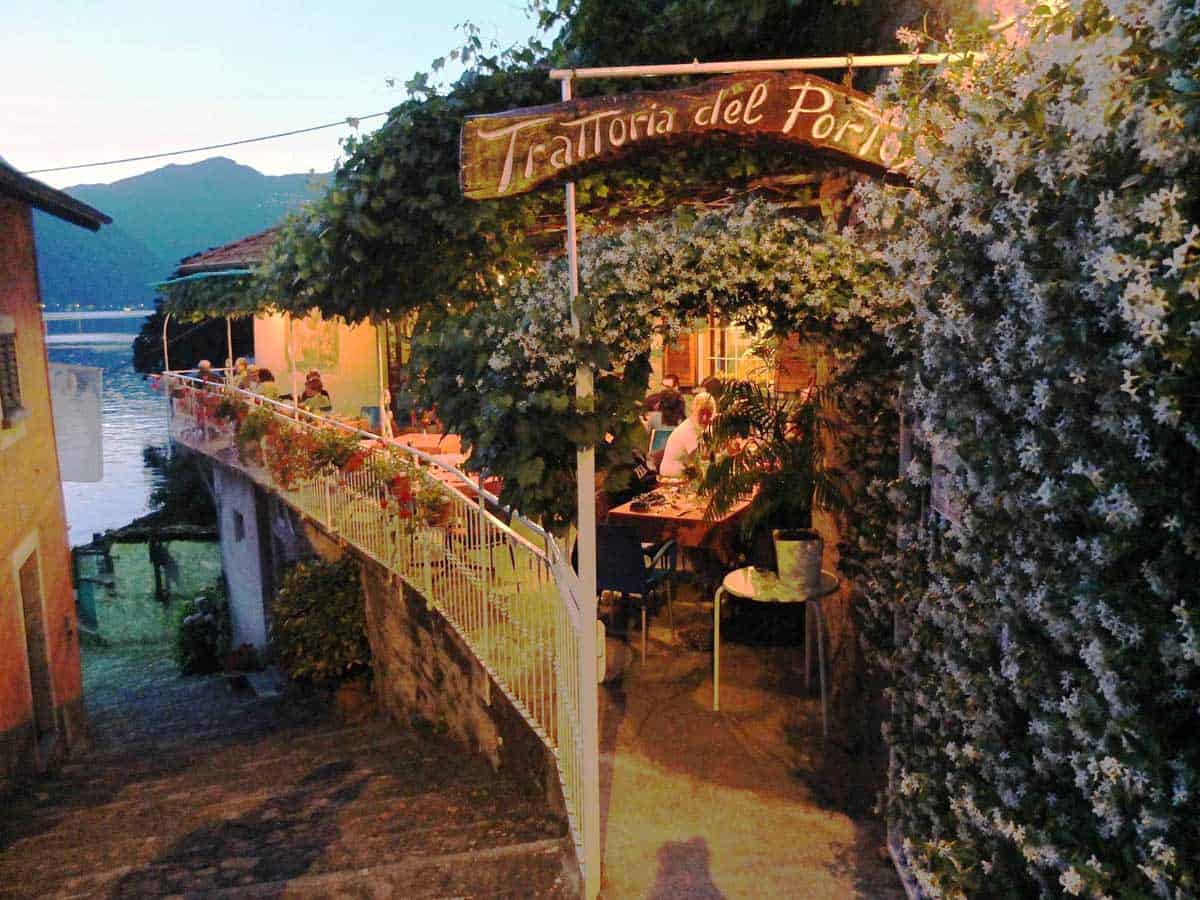 Three days at Lake Como in 17 destinations: Trattorias, Osterias and Fine Dining
Three days at Lake Como in 17 destinations: Trattorias, Osterias and Fine Dining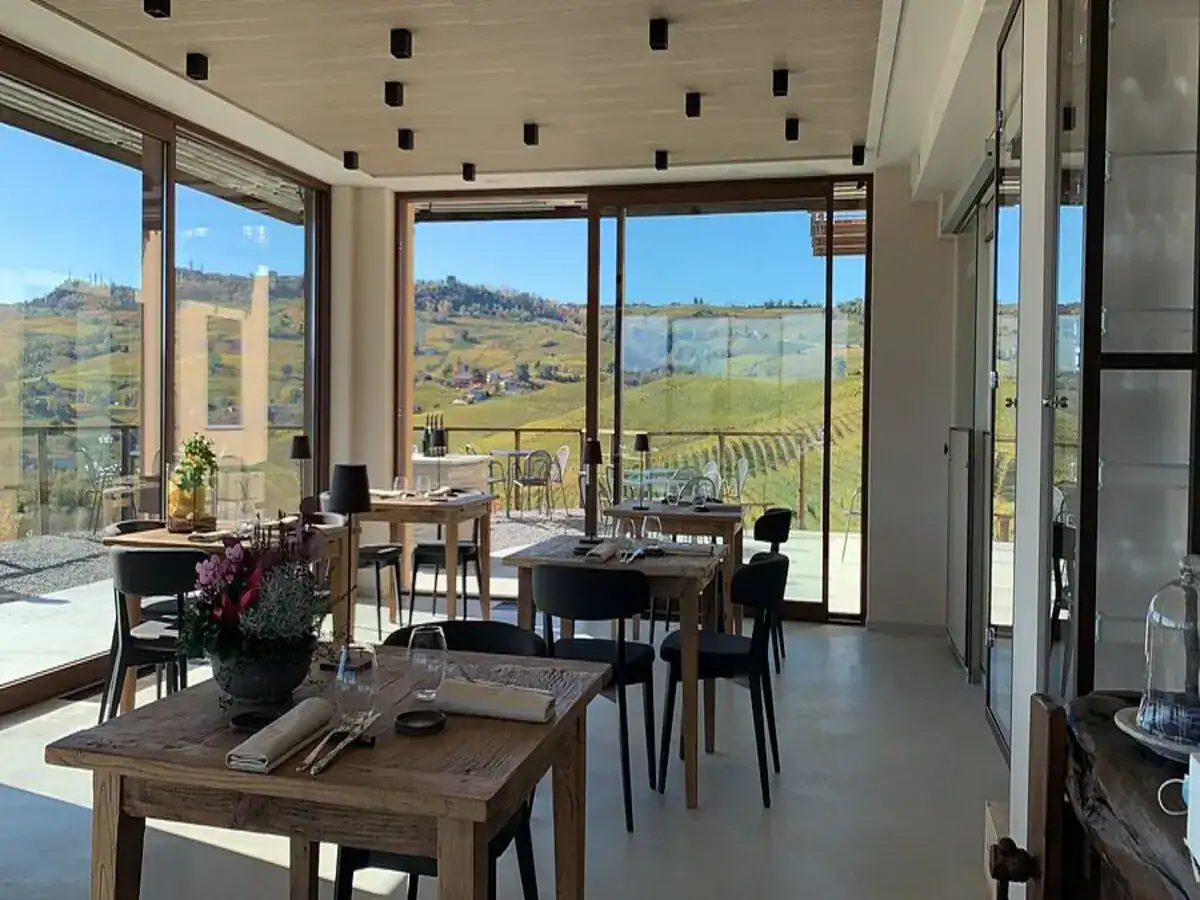 Piedmontese classics and raw seafood. The unexpected restaurant with a pool in the Langhe
Piedmontese classics and raw seafood. The unexpected restaurant with a pool in the Langhe

